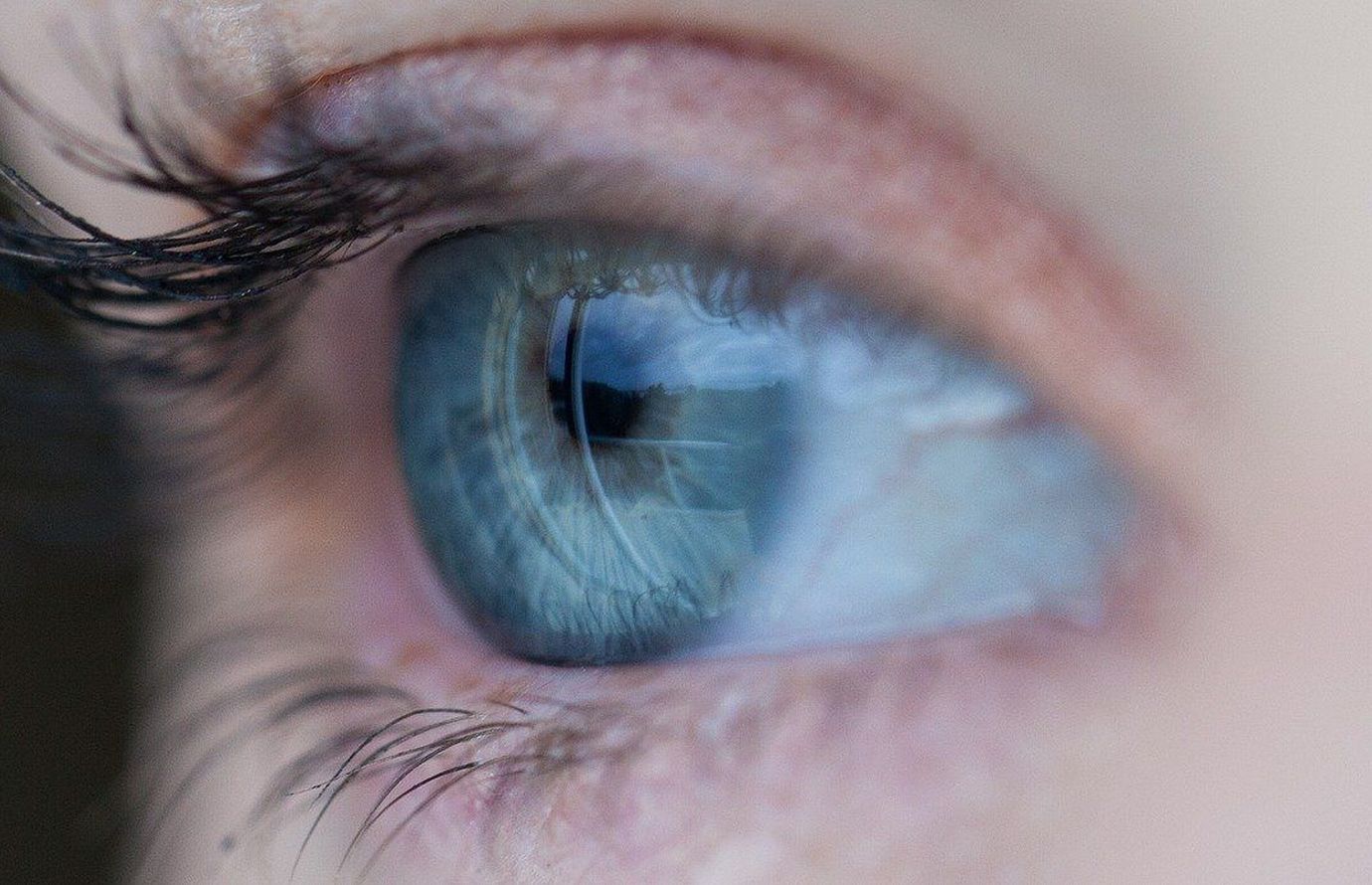Digital simulation: applications, from medicine to energy
At Mines Saint-Étienne, Yann Gavet uses image simulation to study the characteristics of an object. This method is more economical in terms of time and cost, and eliminates the need for experimental measurements. This field, at the intersection of mathematics, computer science and algorithms, is used for a variety of applications ranging from the medical sector to the study of materials.
What do a human cornea and a fuel cell electrode have in common? Yann Gavet, a researcher in applied mathematics at Mines Saint-Étienne1 is able to model these two objects as 2D or 3D images in order to study their characteristics. To do this, he uses a method based on random fields. “This approach consists in generating a synthetic image representing a surface or a random volume, i.e. whose properties will vary from one point to another across the plane or space,” explains the researcher. In the case of a cornea, for example, this means visualizing an assembly of cells whose density differs according to whether we look at the center or the edge. The researcher’s objective? To create simulations with properties as close as possible to the reality.
Synthetic models and detecting corneal disorders
The density of cells that make up our cornea –the transparent part at the front of the eye– and its endothelium, provides information about its health. To perform these analyses, automatic cell detection and counting algorithms have been developed using deep neural networks. Training them thus requires access to large databases of corneas. The problem is that these do not exist in sufficient quantity. “However, we have shown that it is possible to perform the training process using synthetic images, i.e. simulated by models,” says Yann Gavet.
How does it work? Using deep learning, the researcher creates graphical simulations based on key criteria: size, shape, cell density or the number of neighboring cells. He is able to simulate cell arrangements, as well as complete and realistic images of corneas. However, he wants to combine the two. Indeed, this step is essential for the creation of image databases that will allow us to train the algorithms. He focuses in particular on the realism of the simulation results in terms of cell geometry, gray levels and the “natural” variability of the observations.
Although he demonstrated that training using synthetic corneal data does not require perfectly realistic representations to perform well, improving accuracy will be useful for other applications. “As a matter of fact, we transpose this method to the simulation of material arrangements that compose fuel cell electrodes, which requires more precision,” explains the researcher.
Simulating the impact of microstructures on the performance of a fuel cell
The microstructure of fuel cell electrodes impacts the performance and durability of solid oxide cells. In order to improve these parameters, researchers want to identify the ideal arrangement of the materials that make up the electrodes, i.e., how they should be distributed and organized. To do this, they play with the “basic” geometry of an electrode: its porosity and its material particle size distribution. This therefore targets the morphological parameters on which the manufacturers intervene when designing the electrodes.
To identify the best performing structures, one method would be to build and test a multitude of configurations. This is an expensive and time-consuming practice. The other approach is based on the simulation and optimization of a large number of configurations. Subsequently, a second group of models simulating the physics of a battery can in turn identify which structures best impact the battery’s performance.
The advantage of the simulations is that they target specific areas within the electrodes to better understand their operation and their overall impact on the battery. For example: exchange zones such as “triple phase” points where ionic, electronic and gaseous phases meet, or exchanges between material surfaces. “Our model allows us to evaluate the best configuration, but also to identify the associated manufacturing process that offers the best energy efficiency for the battery,” says Yann Gavet.
In the medium term, the researcher wishes to continue his work on a model whose dimensions are similar to the observations made in X-ray tomography. An algorithmic challenge that will require more computing time, but will also lead to results that are closer to the reality of the field.
1 Yann Gavet is a researcher at the Georges Friedel laboratory, UMR CNRS/Mines Saint-Étienne
Anaïs Culot



